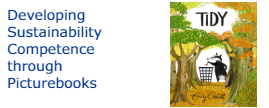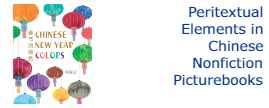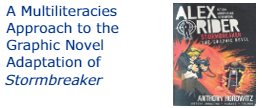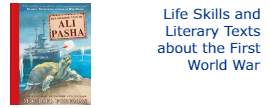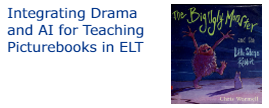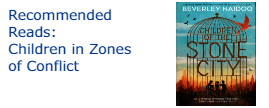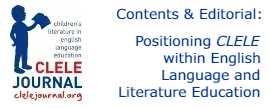
Editorial – Janice Bland
The editorial for issue 12.1 attempts to explain the positioning of Children’s Literature in English Language Education with its interconnecting location between research interests, related to but distinct from other well-established research areas and key journals. read more

